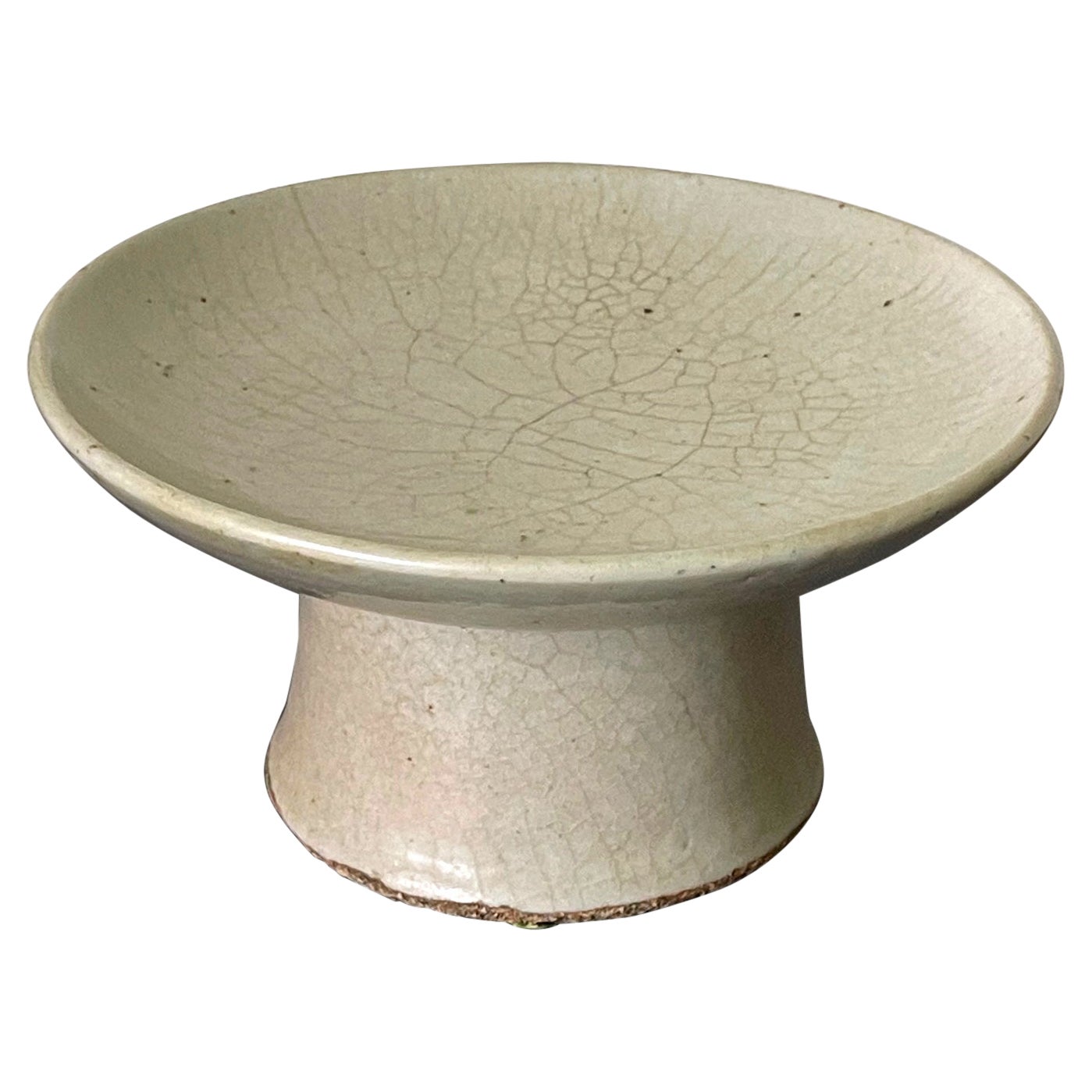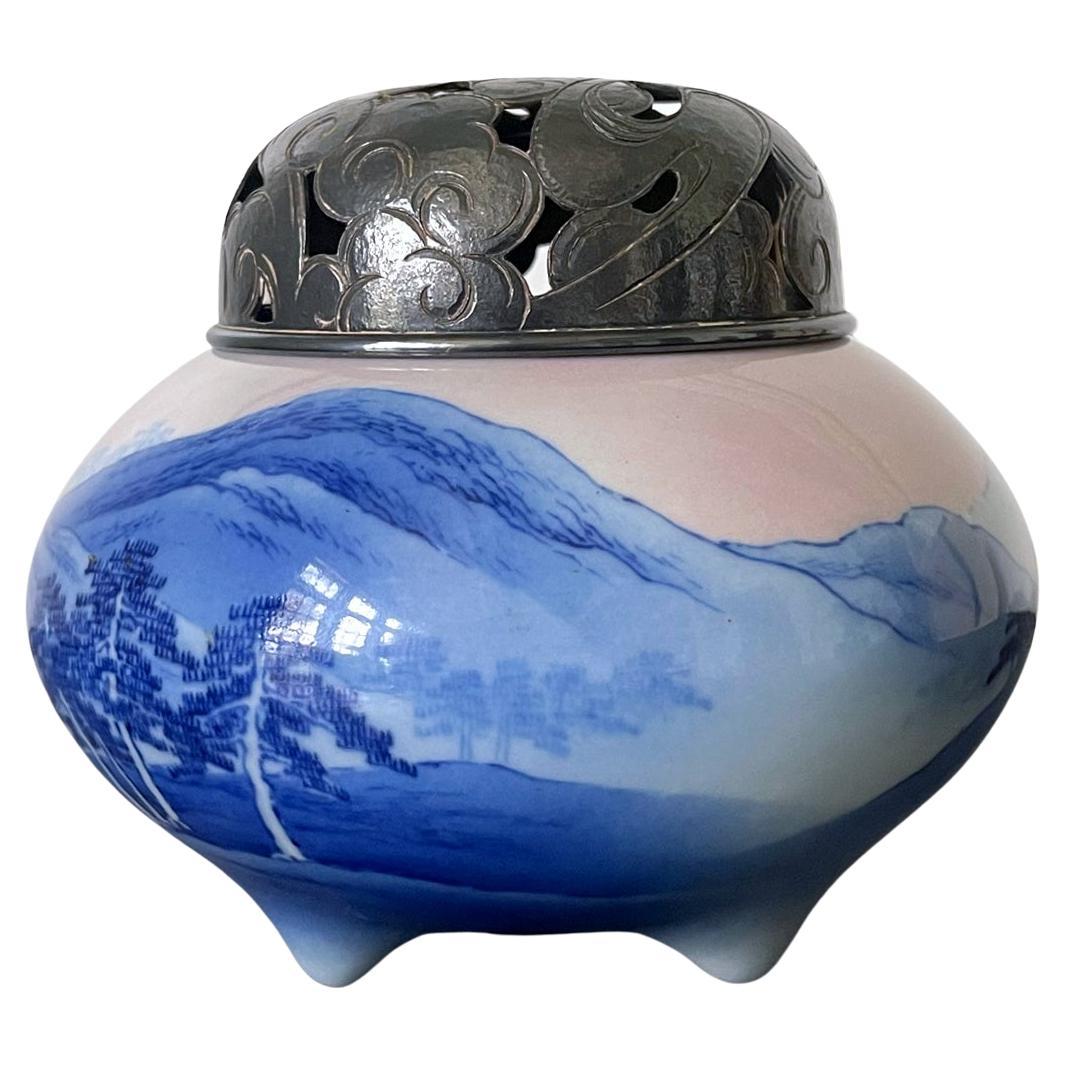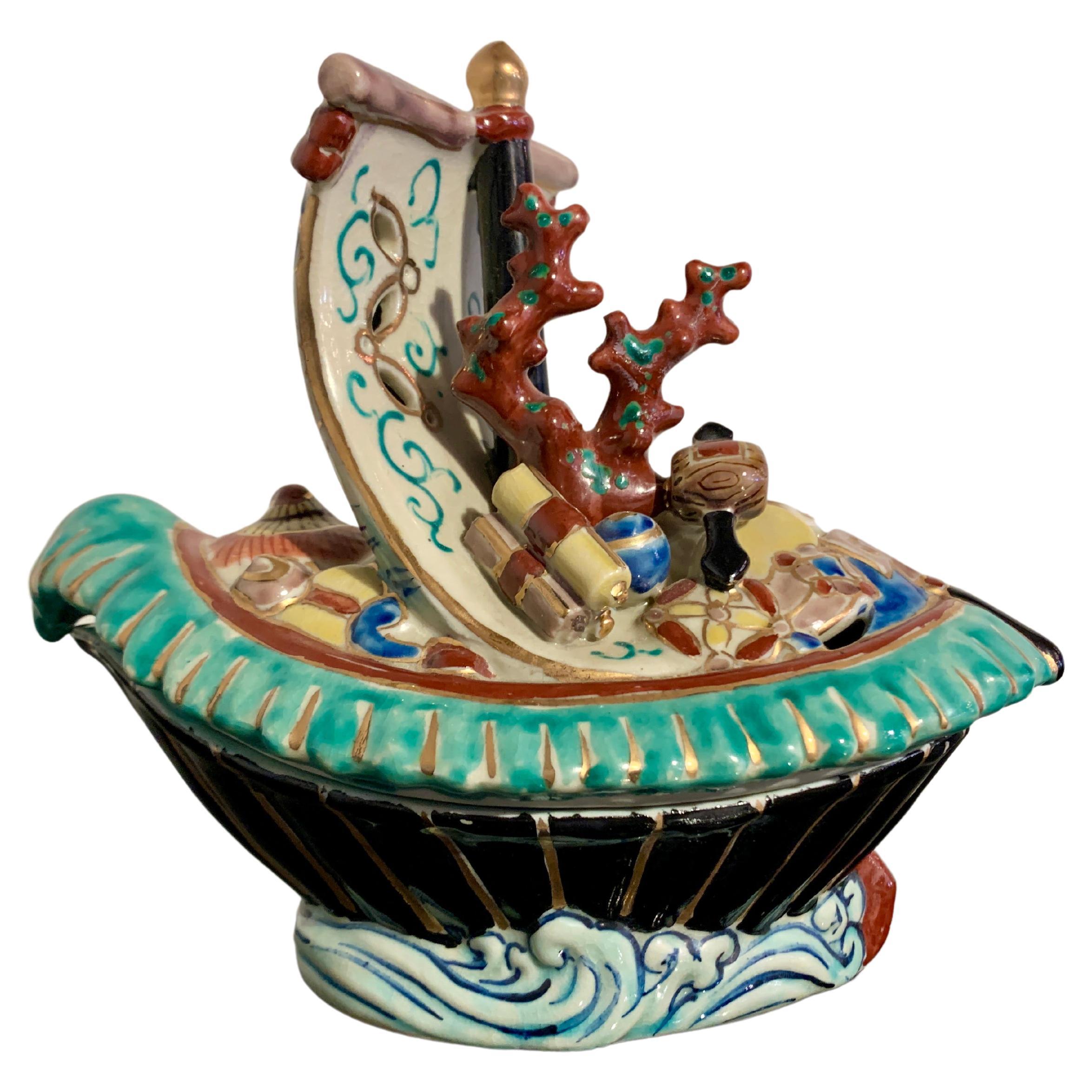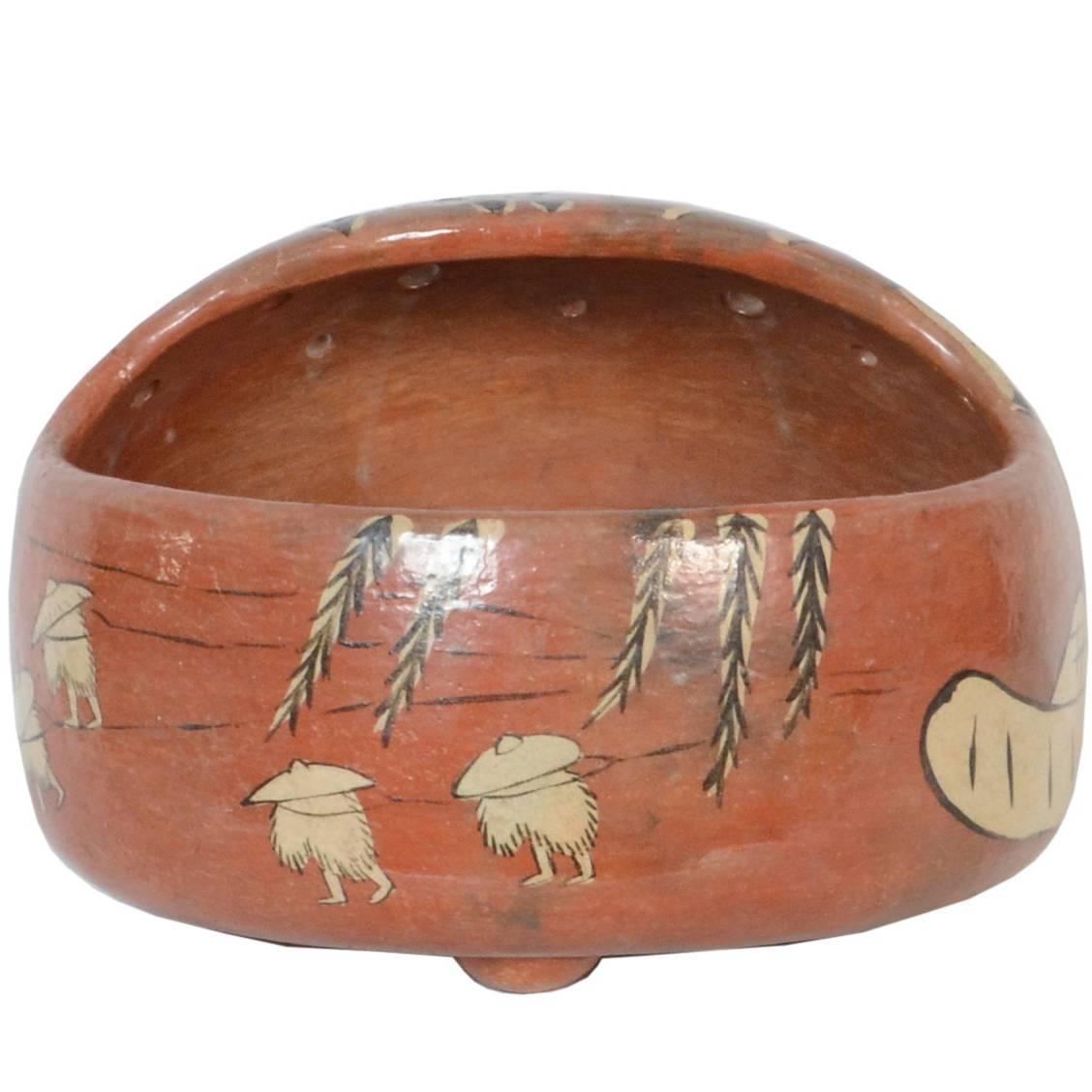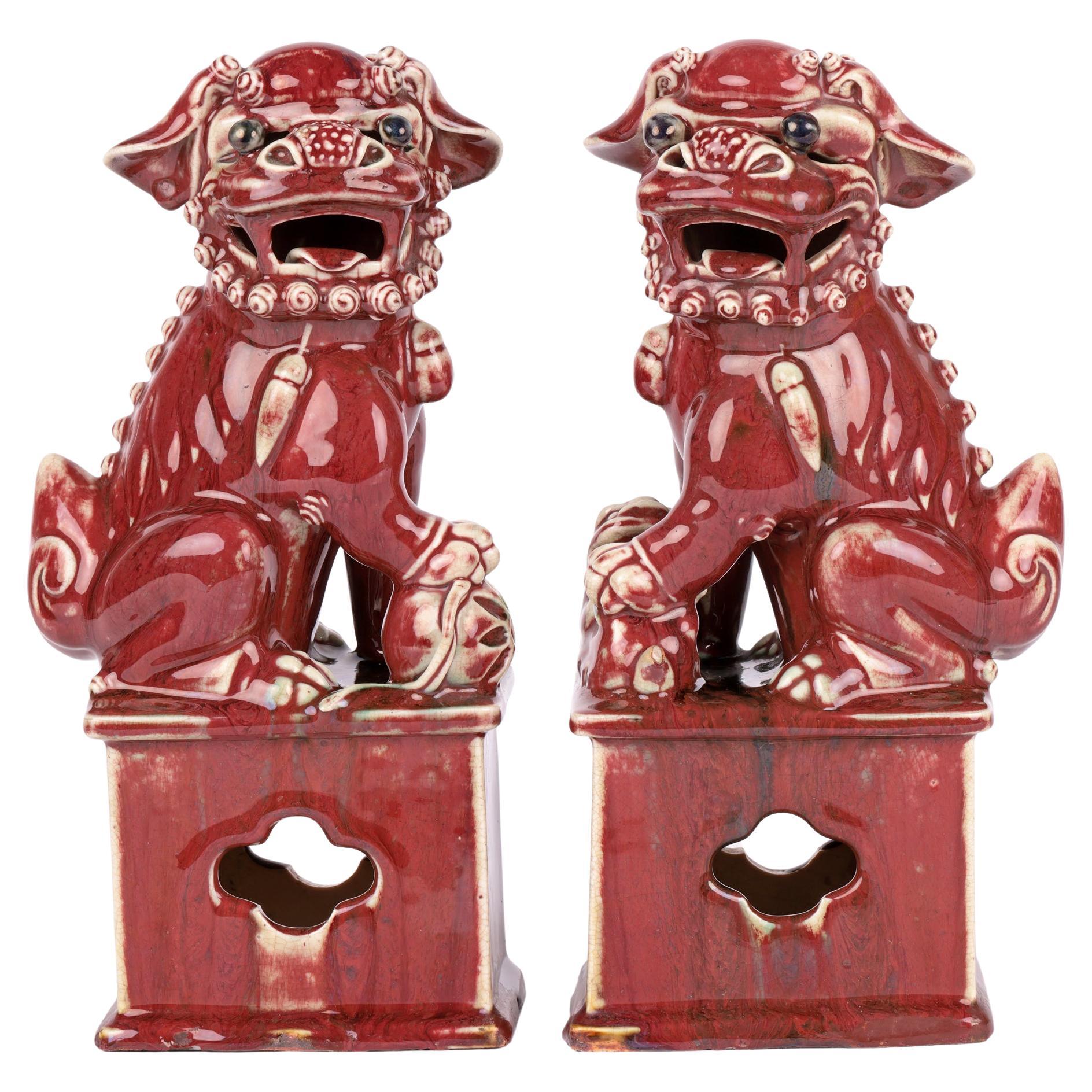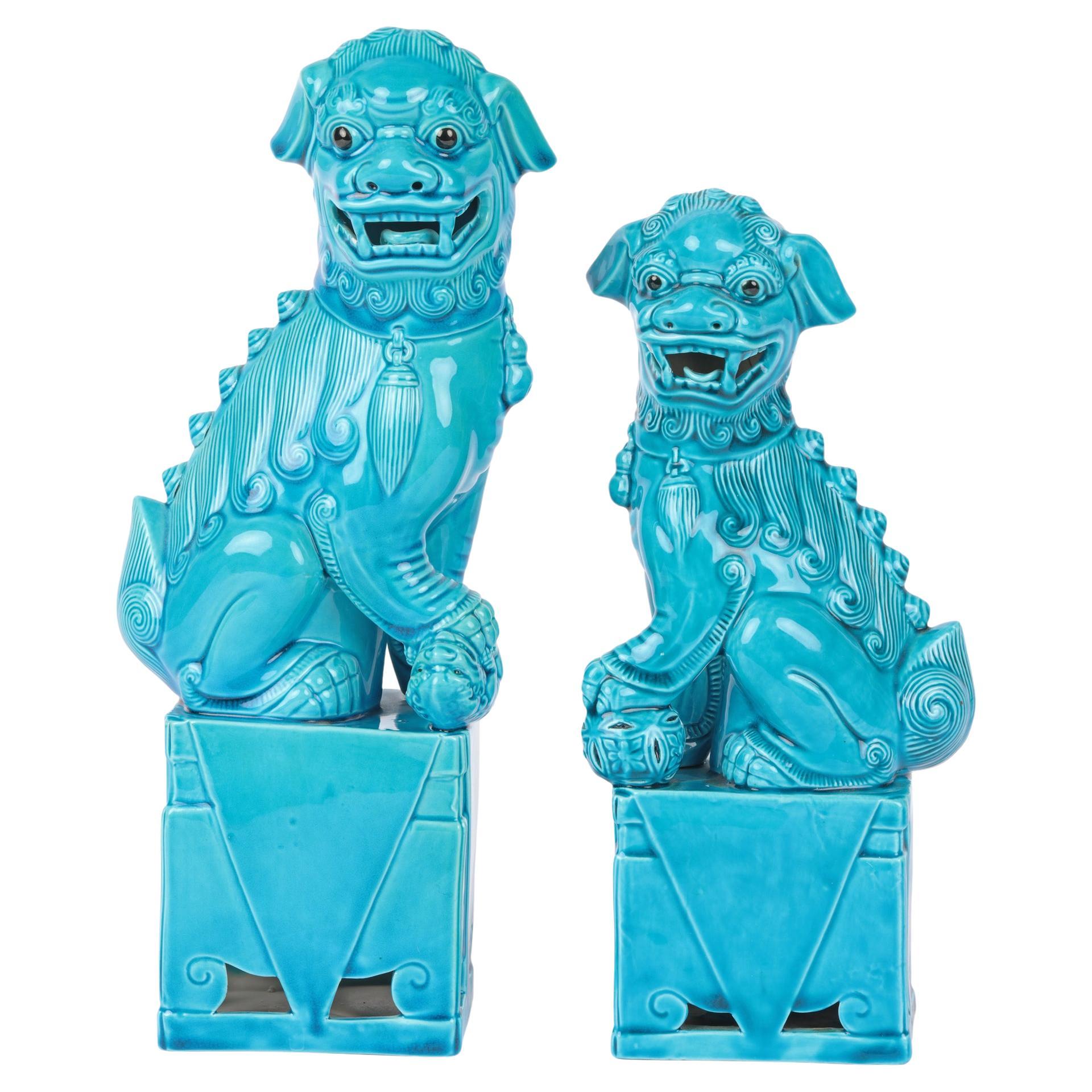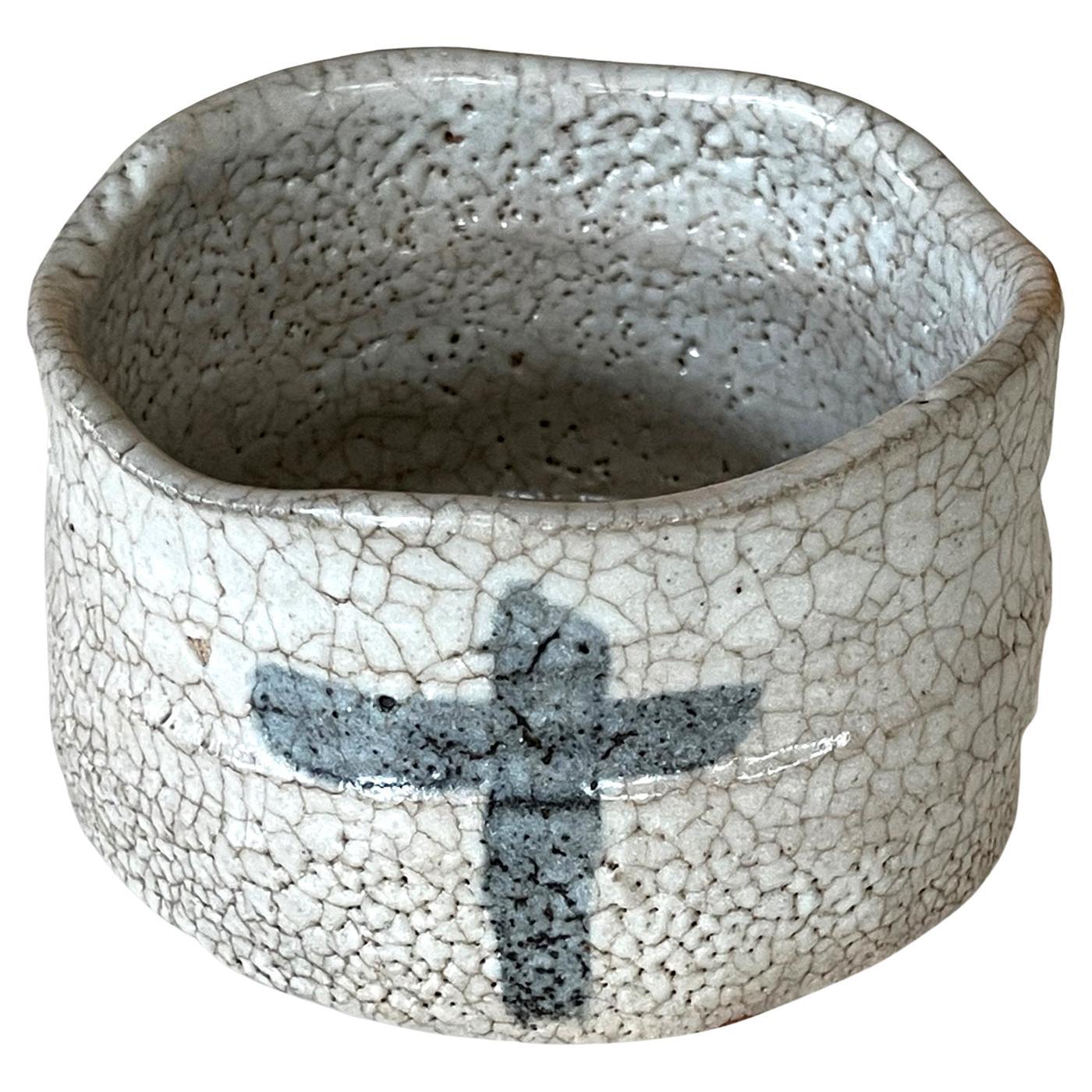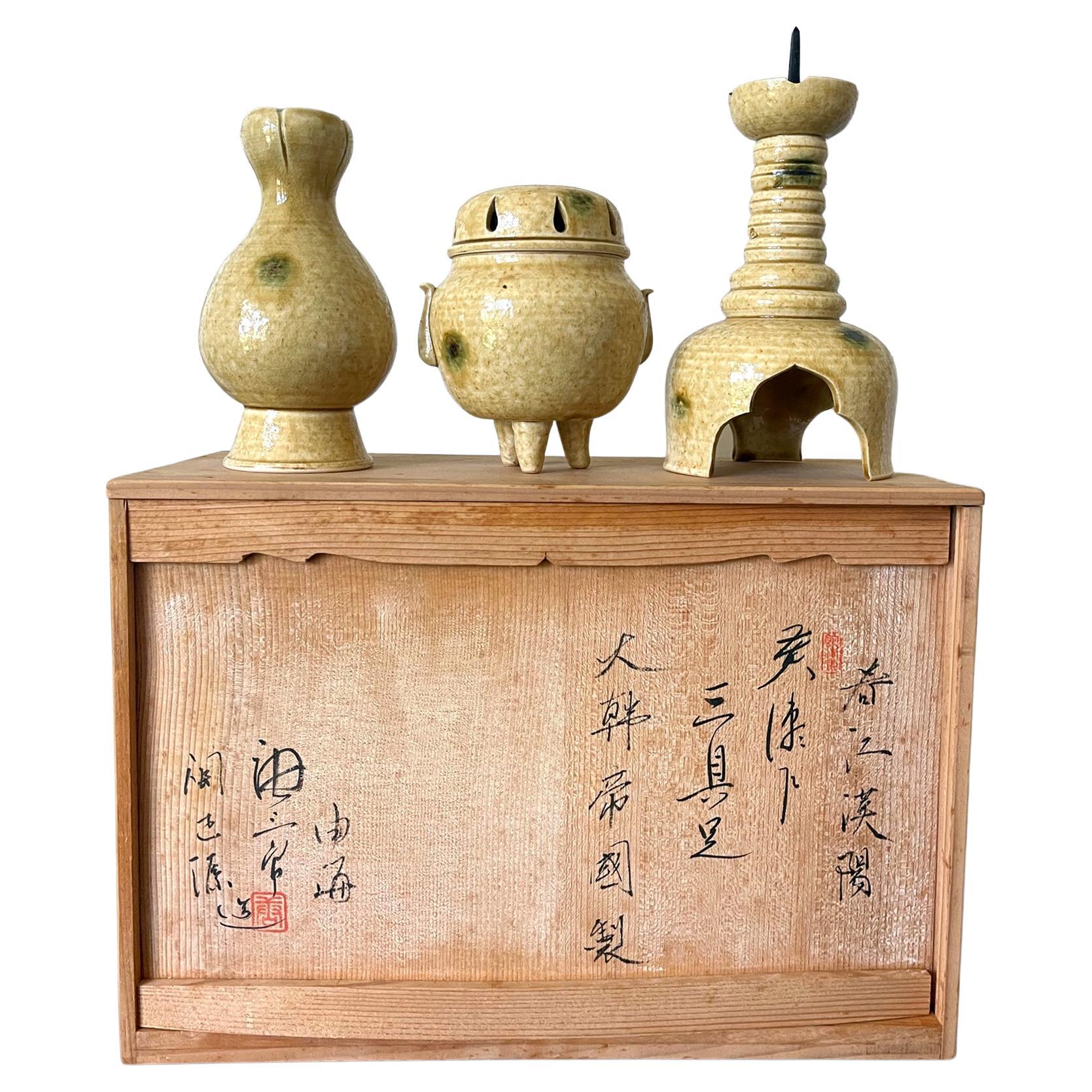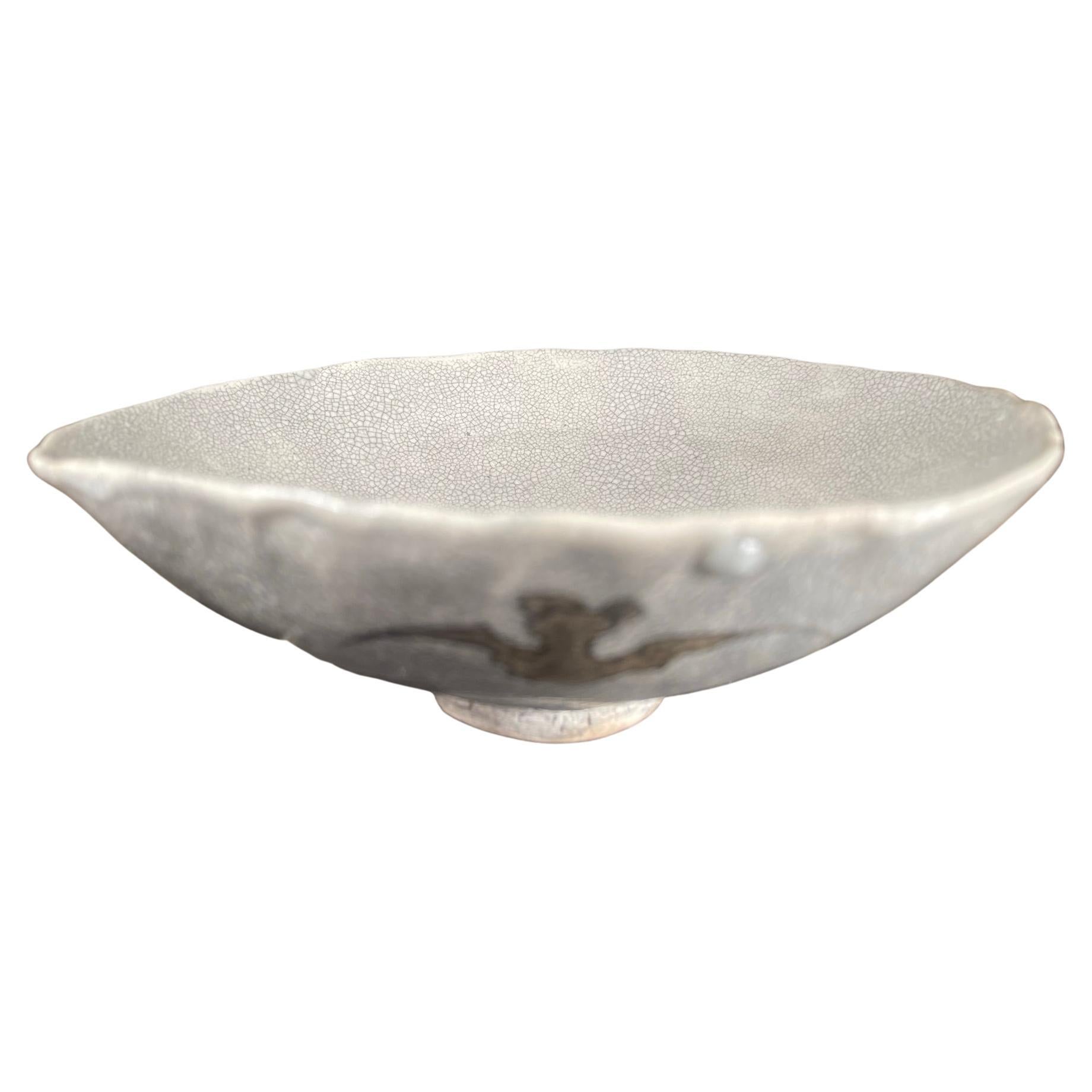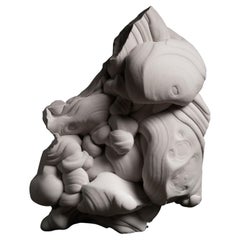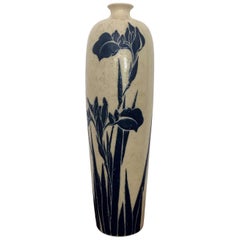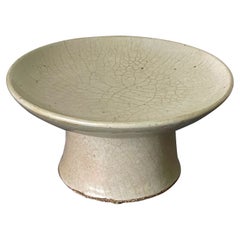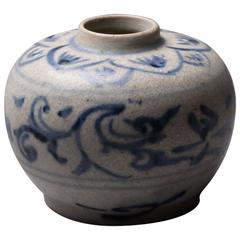
Shipwreck Salvaged Medieval Blue and White Peony Vase
View Similar Items
Want more images or videos?
Request additional images or videos from the seller
1 of 6
Shipwreck Salvaged Medieval Blue and White Peony Vase
About the Item
- Dimensions:Height: 2.5 in (6.35 cm)Diameter: 2.75 in (6.99 cm)
- Period:
- Date of Manufacture:1450 AD
- Condition:
- Seller Location:London, GB
- Reference Number:1stDibs: LU105223416482
About the Seller
5.0
Recognized Seller
These prestigious sellers are industry leaders and represent the highest echelon for item quality and design.
Established in 2008
1stDibs seller since 2014
100 sales on 1stDibs
Typical response time: 8 hours
Associations
LAPADA - The Association of Arts & Antiques DealersInternational Confederation of Art and Antique Dealers' AssociationsThe British Antique Dealers' Association
More From This SellerView All
- Ancient Minoan Lotus Flower VaseLocated in London, GBMinoan Lotus vase Circa 1700-1450 B.C. Serpentine stone 8.9 cm x 14 cm ‘’The fruitful isle of Crete, well known to fame, Sacred of old to Jove's imperial name, In the mid-oce...Category
Antique 15th Century and Earlier Greek Other Decorative Bowls
MaterialsSerpentine
- Natural Gogotte FormationLocated in London, GBA magnificent example of a gogotte formation composed of thick swirls and folds of sparkling sandstone. Discovered in the Oligocene sand dunes of Fontainebleau, France, formed circa 30 million years before present or later. The incredible, almost otherworldly appearance of gogottes may easily be mistaken for the work of a most talented artist. In fact, these sandstone sculptures are entirely natural in origin. They have been found in multiple locations but those from Fontainebleau, such as the present example, are the most remarkable. Thirty-five million years ago, a sea covered what is now the forest of Fontainebleau, and dunes of exceptionally fine and homogenous sand formed. As silica-rich water filtered through this sand, it turned into stone. The flow of water finely modelled the sandstone into the aesthetic concretions we now know as gogottes. These are rare and are only found sporadically several metres deep into the ground. They owe their sparkling white appearance to the extreme and unmatched purity of the Fontainebleau sand, sometimes reaching a composition of 99.9% silica. Each of them is unique – a masterpiece slowly fashioned by the hands of Nature. The intriguing name of “gogotte” was coined by French geologist Claude Guillemin (1923- 1994), who was inspired by the children’s book series Babar the Elephant. In one of the books, a group of monsters called Gogottes are shown hiding behind rocks. These rocks reminded Guillemin of the sandstone concretions...Category
Antique 15th Century and Earlier Natural Specimens
MaterialsOther
- Egyptian Head of a ManLocated in London, GBEgyptian head of a man, carved granite. 18th Dynasty, circa 1550-1292 B.C. Carved in beautiful dark granite, this head depicts an elite individual, perha...Category
Antique 15th Century and Earlier Egyptian Egyptian Busts
MaterialsGranite
- Monolithic Stone MeteoriteLocated in London, GBUnclassified Meteorite Stone Height: 36.83 cm 42.5 kg A dramatic extraterrestrial sculpture, of monolithic form, covered in a thick grey-brown fusion crust and with areas of sandy deposits from untold years spent on the desert floor. Formed in the asteroid belt between Mars and Jupiter during the formation of our solar system, some 4.55 billion years ago, this large stone would have been separated from its parent body by an enormous impact before journeying through interplanetary space and eventually reaching Earth. Upon atmospheric entry it would have reached cosmic velocity, heating the surrounding air to 1700°C and producing a large ball of fire. The heat was sufficient to melt the outer surface of the stone, exposing a new surface which in turn also melted away, losing as much as 95% of its initial mass before reaching the ground. The last molten layer to form as it collided with the Earth covered the stone in a layer of fusion crust, evidence of the incredible impact force delivered by this extraordinary specimen. “This unclassified stone meteorite was found in Northwest Africa. It has a relatively smooth, dark brown, slightly weathered fusion crust; some small melt veins are visible on the surface. Due to the near-absence of terrestrial rocks in this region of the Sahara, meteorite hunting in this area has yielded many notable discoveries.” Dr Alan E. Rubin, PhD Department of Earth, Planetary, and Space Sciences...Category
Antique 15th Century and Earlier North African Natural Specimens
MaterialsStone
- A Piece of Mars - Martian MeteoriteLocated in London, GBMARTIAN STONE - NWA 14713 Lherzolitic shergottite 127 g “This 127-gram fragment of the NWA 14713 meteorite displays a green-black mottled exterior. The rock is a martian shergottite (a basalt) composed mainly of coarse grains of pyroxene as well as calcium-plagioclase glass. This glass, called maskelynite, formed from crystalline plagioclase when the specimen was blasted off the surface of Mars by an energetic collision. There are currently less than 350 known martian meteorites...Category
Antique 15th Century and Earlier North African Natural Specimens
MaterialsStone
- Roman Marble Head of SophoclesLocated in London, GBRoman Marble Head of Sophocles Circa 1st-2nd Century Marble This fine Roman marble head preserves the proper left side of the face of a middle-aged man, with broad nose, soft lips, and bearded chin. The short beard and sideburns have been finely carved with a flat chisel, to render the soft, wavy strands of hair. The cheekbone, undereye, and nasolabial folds have been delicately modelled in the marble by a skilled hand. In a letter from 1975, the former director of Ny Carlsberg Glyptotek, Copenhagen, suggested that the head could depict the Ancient Greek tragedian Sophocles. Few figures in the Classical world stand aside Sophocles (c. 496-406 BC), inarguably the best known of the Athenian tragedians, in terms of the impact his works have had on the history of art and literature. The psychological depth he achieves in the seven of the 123 of his plays that have survived to the present day - most notably the three Theban plays: Antigone, Oedipus the King, and Oedipus at Colonus - not only inspired the Athenians, among whom Sophocles was honoured as a hero long after his death, but in our own time, have provoked landmark works on phychoanalysis and literary criticism, by thinkers like René Girard and, most famously, Sigmund Freud. In its masterful treatment of the marble this fragment sensitively captures the features of one of the most important playwrights of all time. Height on stand: 7.9 inches (20 cm). Provenance: Collection of Danish sculptor Jens Adolf Jerichau...Category
Antique 15th Century and Earlier Classical Roman Busts
MaterialsMarble
You May Also Like
- Chinese Blue and White Porcelain Vase from Modern Official KilnLocated in Atlanta, GADubbed as production of the "Chinese Modern Official Kiln", a small group of porcelains of the highest standard were produced in Jingdezhen from 1962-1967, The production was aimed as a revival of the Chinese porcelain after the foundation of the Republic in 1949 in order to serve the purpose of decorating the meeting halls for the newly renewed diplomatic relations around the globe. The best available materials and artists, including the painters and potters, were employed to achieve a high quality that rivaled the pieces produced during the pinnacle years in the porcelain production in the previous Qing dynasty. Due to the breakout of the Cultural Revolution, most of the pieces failed to be used as intended. Most if not all signatures, such as found on this vase, were added later as a hallmark to distinguish them. "Zhong Nai Hai Huai Ren Tang Treasures Porcelain Research Bureau year of 1962". Zhong Nai Hai is the residential and working compound for Chinese political elites in Beijing and Huai Ren Hall being an important meeting hall. The pieces from "Modern Official Kiln" ubiquitously showcase perfectly balanced forms with precision in symmetry. The use of very high quality Gaolin clay resulted in a semi translucent body, often quite thinly potted. The superbly underglaze paint were sandwiched between a pre-applied glaze and then an overglaze, and the elaborate designs were drawn by master painters. Often, there is a hidden red Chinese National Emblem on the interior wall. These features were all well reflected in this piece. The decoration of the blue paint on the vase is of a classic regal composition and the cobalt blue is of a vivid radiating color. Blooming peonies, an old laurel tree with blossom and scholar rocks provide the background and anchor for a pair of peasants. One raises its head to crow while the other one looks down. These motifs are commonly found in classic Chinese scroll paintings, a genre called "Flower and Bird Painting". On the back of the vase, there are Chairman Mao's head portrait watermarked in the glaze as well as a cursive poem with a collection number as shown. For a pair of blue and white vase of the same production, see sale by Singapore International Auction PTE ltd on July 21st, 2019 lot 2014. For a pair of blue and white urns...Category
Vintage 1960s Chinese Modern Ceramics
MaterialsPorcelain
- Japanese Kyoto Ware Vase Attributed to NinseiLocated in Atlanta, GAAn elegant vase made in Kyoto, Japan, circa 1920s. With a graceful elongated Mei-Ping form, it was likely used as a flower holder during the tea ceremony. The stoneware body has an incised and raised design of Irises in an over glazed indigo blue, an subject matter and composition found in the contemporary paintings and screens, cherished by the literati of the Kyoto society. The vase has a white glazed background sprinkled with dust for a rustic effect. The blue glaze displays some burst of bubbles upon close inspection, suggesting its age. Under the base, there is a small impressed mark of Ninsei (born Nonomura Seisuke) a famous potter from the 17th century, who was considered the founder the Kyoto ware...Category
Vintage 1920s Japanese Japonisme Ceramics
MaterialsCeramic
- Korean White Ceramic Stem Dish Joseon DynastyLocated in Atlanta, GAA ceramic dish with high cylindrical foot in white glaze from Korea, circa 19th century Joseon Dynasty. By shape, this piece is most likely a ceremonial vessel that was used to make offerings on the altar. Although without inscription, we can't rule out that it could be a household item for occasions that were less formal. Such as a private shrine in the household. During Joseon dynasty, the social morals were largely centered on the principles of Confucianism that originated from China. Many ritual ceramic wares were produced for rituals and worships on all level of the society. The ware were often modeled after the archaic bronze ware that elevated them from the aesthetic of daily use pieces. High foot dish like this were made in both round and square shape to suite different use but they were all distinguished with the inscription for their exclusive ceremonial purpose. Of elegant form and harmonious proportion, this stem dish...Category
Antique 19th Century Korean Archaistic Ceramics
MaterialsCeramic
- Japanese Glazed Ceramic and Silver Koro Incense Burner Makuzu KozanBy Makuzu KozanLocated in Atlanta, GAA tri-pod ceramic incense burner (koro) by Japanese Imperial potter Makuzu Kozan (1842-1916) circa late Meiji to the start of Taisho period (1890-1910s). A fine example of the artist's work belonging to the late part of his underglaze paint phase (started around 1887 until his death), the surface of the koro was painted in beautiful shades of blue to depict a continuous landscape not unlike a traditional ink and watercolor hand scroll. The rise and fall mountains recede and fade into the horizon and are dotted with groves of pines. The sky is painted with a beautiful subtle shade of pink, suggesting a time of sunrise or sunset. The koro is fitted with an ensuite reticulated sterling silver hoya (incense cover), pierced with swirling cloud and marked with "pure silver' in Kanji. The base is signed in underglaze blue "Makuzu Kozan Sei" within a double ring. The piece is beautifully potted in form and the decoration was done with expertise using the novel technique developed by Kozan called Fuki-e (the blow painting), in order to achieve the striking landscape known as "Mountain and Water" with sense of dimensions and gradient, the poetic effects normally conveyed only by sumi ink staining on paper. The piece comes with an unsigned tomobako (wood storage box) of a recent age. Also known as Miyagawa Kozan (1842–1916), Makuzu Kozan was one of the most established and collected ceramist from Meiji Period. Born as Miyagawa Toranosuke, Kozan established his pottery studio in Yokohama around 1870s and later became one of the appointed artists to the Japanese Imperial household. His work was exhibited in many international fairs that the Meiji government participated at the turn of the century and won many grand prizes. Being one of the most creative ceramists, Kozan started experimenting with new chemical colors from the West in the format of his porcelain glaze around 1880s. New colors allowed him to create underglaze designs that appeared bright, smooth and glossy. He even invented his own receipt of cobalt blue to achieve a much brighter yet softer shade, as evident on this vase. To create landscape that is realistic and dimensional, more common in the western paintings, he was inspired by the native Japanese ink painting technique developed around 1900 by Yokoyama...Category
Antique Early 1900s Japanese Japonisme Ceramics
MaterialsSilver
- Japanese Kutani Treasure Boat 'Takarabune' Censer, Taisho Period, JapanLocated in Austin, TXA wonderful Japanese Kutani porcelain incense burner, koro, in the form of a treasure ship, Takarabune, Taisho Period (1912 - 1926), Japan. The censer boldly modeled as the legendary Takarabune, or Treasure Ship, a mythical ship said to carry the shichifukujin, the Seven Lucky Gods, around the heavens during the first days of the New Year, visiting lucky humans to bring blessings and prosperity. The black bodied, single mast ship sails on the water, its sail full of wind and decorated with the character "takara", meaning treasure. The pierced top of the ship serving as the cover for the censer. It is loaded with magical items and treasure, most prominently, a large coral branch...Category
Vintage 1910s Ceramics
MaterialsPorcelain
- Furo Tea Ceremony Hibachi by Raku Kichizaemon xi Keinyu, 1817-1902By Raku Kichizaemon XI KeinyuLocated in Prahran, VictoriaA furo tearoom brazier by Raku Kichizaemon XI Keinyu (1817-1902) decorated in bold style over a brick red glaze. The classical scene depicts men in ‘mino’ straw raincoats pulling a barge up river under the overhanging branches of an ancient willow tree. With makers mark to base and sold with its original paulownia wood storage box. Overall the piece is in excellent condition but has sustained several stress cracks in one corner due to heat encountered during continual use. This is typical of Japanese raku ceramics...Category
Antique Late 19th Century Japanese Meiji Ceramics
MaterialsPottery
$1,950 Sale Price25% Off
Recently Viewed
View AllMore Ways To Browse
Antique Blue White Stoneware
Antique Blue And White Stoneware
Early Ming Blue And White
Excavated Vase
Antique Vietnamese
Vietnamese Antique
Vietnamese Antique Furniture
Antique Vietnamese Furniture
Asian Flower Pots
Vases Glazed Chinese Dragons
Encrusted Flower Porcelain
15th Century Chinese Porcelain
Huge Pot
China Marine
Chinese Floor Vase
Chinese Floor Vases
Floor Vase China
Shipwreck China


